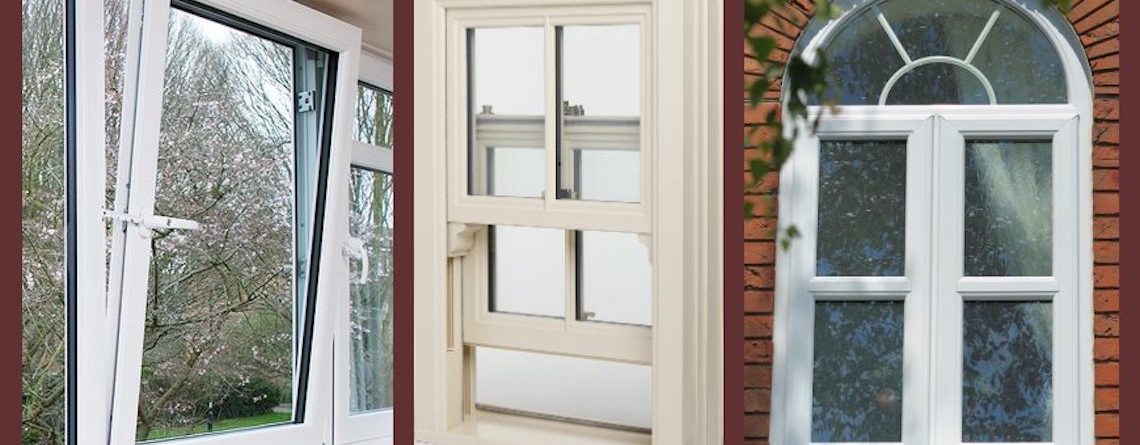A Window in the Door: More than Just a Pane of Glass
In the beginning look, a window in a door might appear like a simple architectural feature. It's just a piece of glass that permits light to filter through or supplies a peek of what's on the opposite, right? However when you stop briefly to think about it, this relatively mundane aspect brings considerable practical, visual, and even symbolic weight. Whether it enhances the doors of your home, office, or favorite café, a window in a door is much more than just a pane of glass-- it's a bridge in between areas.
1. Performance: The Practical Role of Door Windows
The addition of a window to a door uses practical advantages that can improve both property and business spaces:
Natural Light: One of the primary functions of a window in a door is to permit sunshine to go through. In areas with limited windows or confined areas like corridors or interior offices, this feature can brighten the area, decrease the reliance on synthetic lighting, and create a more inviting environment.
Exposure and Safety: A window in a door offers a clear view for those on either side. This is specifically crucial in business and commercial settings, such as restaurants, factories, or schools, where individuals often move through doors. Exposure minimizes the risk of mishaps (e.g., someone walking into a door or clashing with someone on the other side).
Ventilation and Energy Efficiency: When matched with operable glass or contemporary innovations like double-glazing and low-E glass, door windows can contribute to better air flow and energy performance in your house or office.
Security: While breaking glass may appear like an open invite to burglars, modern-day designs have resolved this issue. Enhanced glass, tempered glass, or styles with narrow panes can make the window resistant to break-in while still satisfying of presence and light.
2. Aesthetic Appeal: Enhancing the Visual Identity of a Space
From a style point of view, windows in doors can raise aesthetic appeal in numerous methods:
Design and Character: The style of the window often matches the architectural vibe of the property. A home with a rustic or farmhouse appearance might include a door with frosted or stained glass, while a sleek, modern-day home may showcase a minimalist door with easy, tidy lines.
Modification: Door windows can be found in different shapes and sizes-- round, rectangle-shaped, oval, arched, or custom-designed to match your preferences. This flexibility provides house owners and designers the ability to create doors with creative style and personal touches.
Curb Appeal: The entry door is frequently the focal point of a home's exterior, and a properly designed window within it can turn an otherwise common door into a vibrant design declaration. Frosted or etched glass, for instance, can communicate sophistication and elegance.

3. Symbolism and Meaning: Beyond the Practical and Aesthetic
On a much deeper level, a window in a door carries symbolic meanings that resonate across cultures and contexts:
Openness and Connection: A door with a window cultivates a sense of connection between two discrete areas. Whether it's between a house and its front yard or a workplace conference room and a hallway, the window can make these spaces feel less isolated and more incorporated.
Openness: In offices, doors with windows symbolize openness and responsibility. A manager's office with a glass-panel door, for example, can indicate approachability, reducing the hierarchical barrier that a solid closed door may create.
A Threshold of Opportunity: Metaphorically speaking, a door with a window can represent a view into new opportunities. It offers a preview into what lies ahead-- a fitting image for individual development and expedition.
4. Modern Trends: Innovations in Door Window Design
Advances in innovation and style are constantly improving how we think of door windows. Here are a couple of patterns to watch:
Smart Glass: With the advent of clever technology, windows that can change from transparent to opaque with the touch of a button are getting appeal. These state-of-the-art choices provide privacy on need without compromising the benefits of natural light.
Energy Efficiency: Double- and triple-glazed door windows with innovative insulation are ending up being standard in energy-conscious homes. These not just keep your energy bills in check however also reduce ecological impact.
Ornamental Enhancements: Patterns, etching, and colored glass inserts are ending up being more detailed, using property owners endless possibilities to individualize their doors.
aluminium windows doors : Impact-resistant glass and shatter-proof films are progressively being integrated into door windows, especially in locations susceptible to storms or high-security needs.
5. Factors to consider for Choosing a Door with a Window
Before picking a door with an integrated window, there are a couple of elements house owners and designers should bear in mind:
Personal privacy: While a window offers presence and natural light, it can likewise jeopardize privacy. Frosted glass or tactically placed window styles can mitigate this concern.
Upkeep: Glass in doors will gather fingerprints, dirt, and spots, especially in high-traffic locations. Selecting materials that are easy to clean or have protective coatings can save time.
Integration with the Environment: Choose a door window design that matches the surroundings. A door in a quiet, domestic community might prioritize aesthetics, while one in an industrial structure may highlight durability and safety.
Conclusion: A Small Feature with Significant Impact
As simple as it may appear, a window in a door is a function that mixes usefulness with appeal, safety with style, and connection with individuality. It's a suggestion that the tiniest information in architecture can have the power to change not just our areas but also the method we connect with them.
Whether french doors with side windows peering through a glass panel to invite a visitor or letting natural light filter into your home, a window in a door is a lot more than a style component-- it's a way to open ourselves to the world, one pane of glass at a time.
